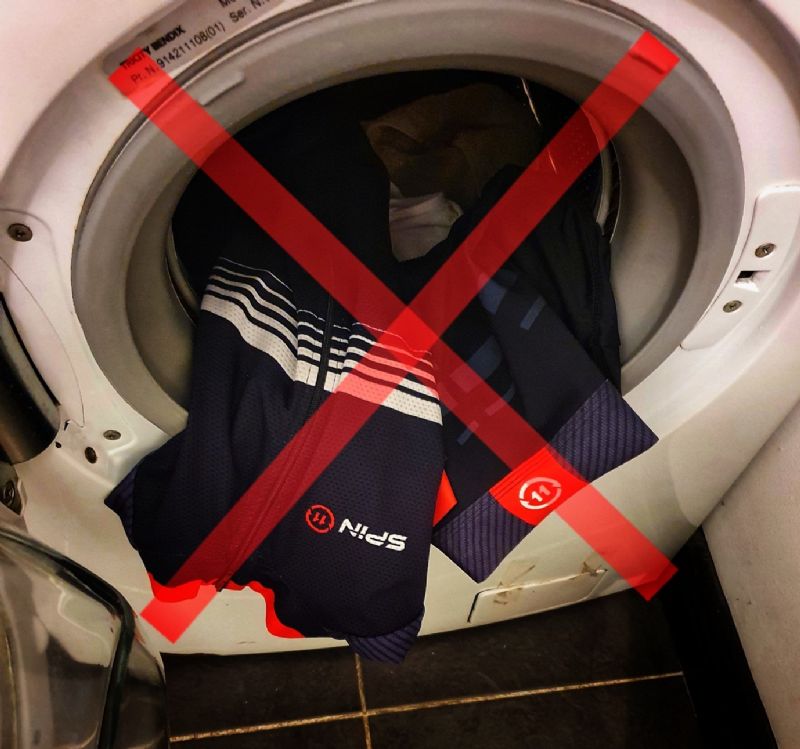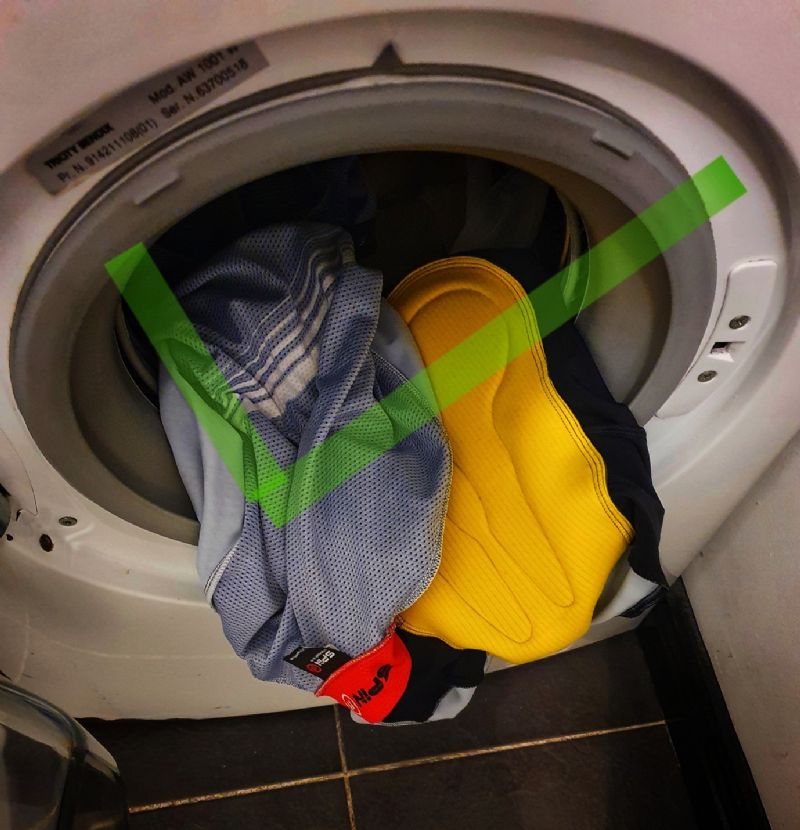Keeping Your Cycling Kit Right
- by Spin11
Having to wash the cycling kit you just used? Every cyclist has gone through this process before. If this is new to you however, take a few moments to read this and hopefully pick up a few tips on how to keep your kit right.
Since you’re home and just enjoyed the ride with all that kit on, take a few minutes out of your time to give them some proper care and attention; your kit deserves it too, not just your bike.
Cycling clothing is very specific, therefore it requires special care and attention. It is designed to adjust to your body, provide total comfort and perform to its maximum potential as you are riding your bike. In order to achieve all this, the fabrics used in cycling apparel are made of fibres different from those used in our everyday clothing, and that is why we cannot wash them in the same way. Follow the manufacturer’s instructions closely and take good care of them in order to avoid problems or damages other than those caused by natural wear and tear.

Wash your cycling kit separately from your regular laundry, especially from garments made of natural fibres. They do not mix well in your washing machine and will ultimately result in damaging your kit. It is advised to wash your cycling apparel inside out. Washing your cycling clothing inside out helps protect the colours and the fabric of the garment while in your machine. Remember to always check your pockets for energy gels, bars, money and anything else that could be hidden away in there. Make sure to close all zippers and Velcro on your cycling kit before putting it in the wash also.

Wash your cycling kit in cooler temperatures (30 degrees at most) using a shorter wash cycle. High temperature washes are not necessary and will only damage the technical fabric and your kit will degrade more quickly. Trust us, your kit will thank you for it. It is also never good to use fabric softeners or bleach. Fabric softeners form a layer over clothing that makes them lose breathability and bleach destroys fibres. The same goes for drying your cycling kit after the wash. Do not use tumble driers or radiators as the extreme heat will damage your kit and cause issues with the colours and shrinking. It is best practice to drip dry your cycling clothing, either on your washing line or a clothes horse as it will dry quickly and naturally.
You have paid good money for high performance cycling kit and as such, should be treated with care and attention to get the most from it. You wouldn’t put a designer shirt or blouse in with a pair of old jeans, so don’t do it with your nice cycling apparel either. Following these recommendations will help extend the life of your cycling clothing. The more you take care of it, the longer it will take care of you.
Remember though, the structure of the materials and their snug fit protect us and provide comfort, but apparel naturally suffers wear and tear simply due to its everyday use. Just as your tyres wear out with every kilometre you ride, and the more you ride, the more likely you are to get a puncture, bib shorts are also exposed to a lot of chafing, and will deteriorate with time and use. Pay attention to any indicators that it may be time to replace your bib shorts or jersey if they start looking a little sorry for themselves.
